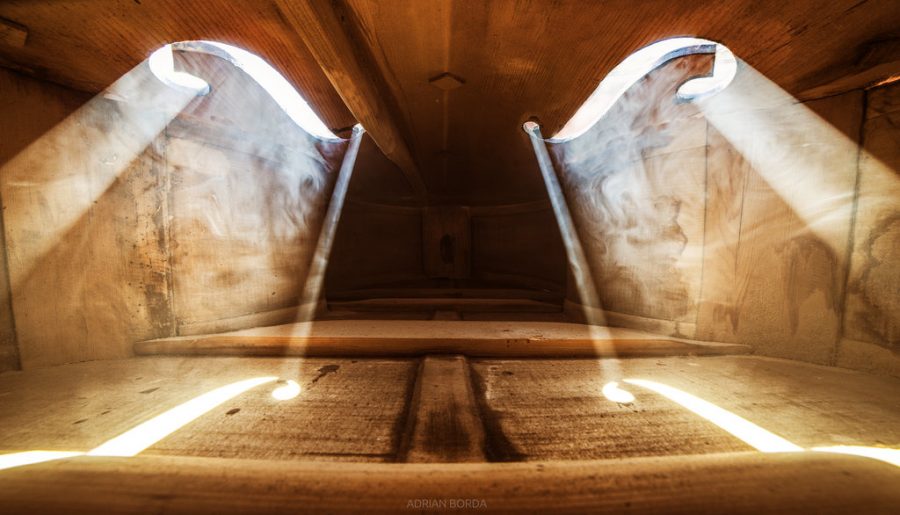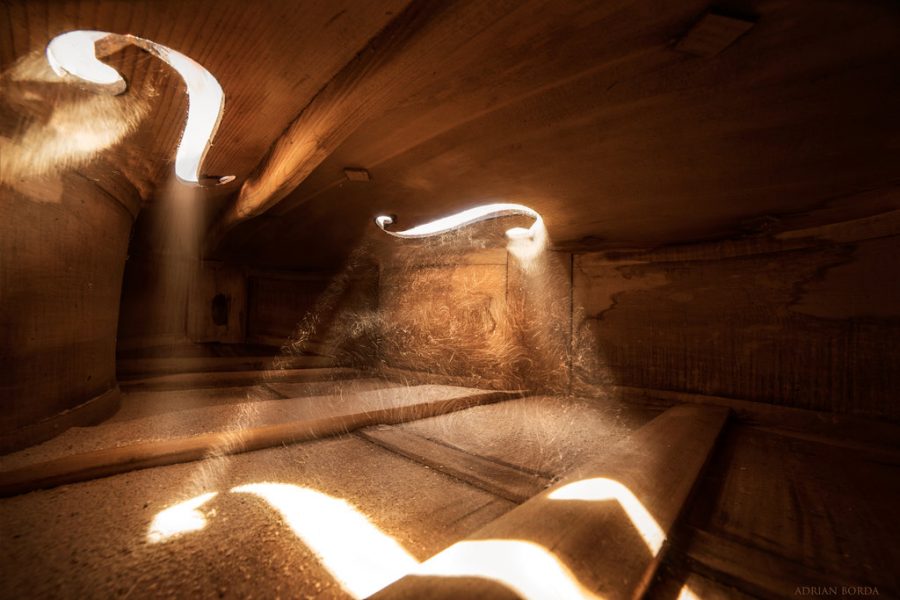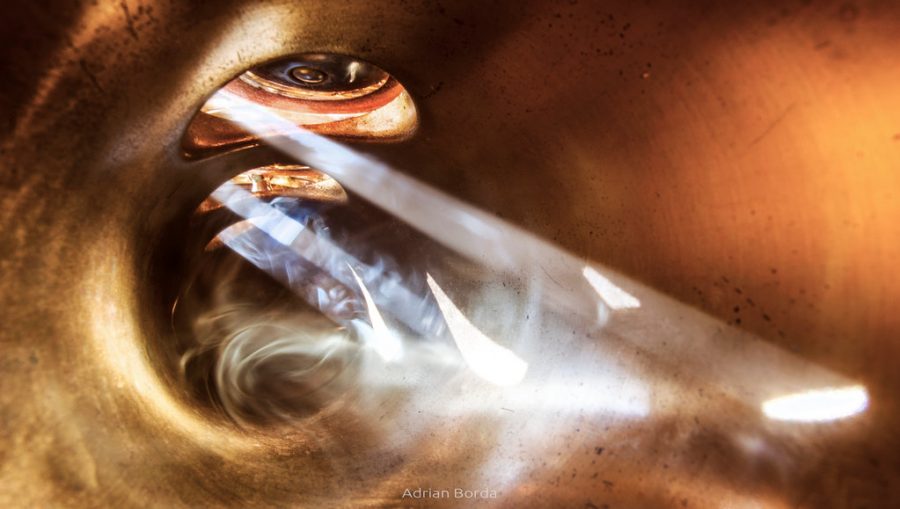The 1960s moved very fast. The Beatles started 1963 as four freshly scrubbed moptops from Liverpool. By 1968 they were hairy hippies dabbling in drugs and mysticism. (And writing some of the best music of all time, don’t get me wrong!). Then there were the Monkees. Created by Bob Rafelson and Bert Schneider in 1966 as a loving homage to the Beatles 1964–65 Richard Lester films, it too quickly changed. By 1968, the show and the band had run its course. There was already no cultural space for four lovable…anythings. And while many elements killed the optimism and radical hope of the 1960s–Vietnam, bad acid, Manson, Altamont–hats off to Head, the cult movie that annihilated The Monkees as a band, the band movie as a concept, and the concept of light entertainment as being on the side of the viewer. Obscenity, who really cares? asked Dylan a few years before. Propaganda, all is phony. That’s Head.
What’s interesting about the Head story is trying to figure out the motivations of several of the players. The Monkees themselves were tired of being seen as an ersatz band, although by all accounts they were. Rafelson and company auditioned young actors and musicians and assembled the top four into the band/TV show. Most of the songs were written by Tin Pan Alley stalwarts like Neil Diamond or Carole King, or up and coming artists like Harry Nilsson. By being a fake band for two seasons of their show, however, the Monkees had turned into a real band. But what they were turning into was not the Monkees that the teens loved. Who had the appetite for destruction first? The monster? Or the mad scientists?
Having conquered television and the radio—-the Monkees had kept the Beatles and the Stones out of the Number One position in 1966-—Rafelson sought to conquer film, and by doing so, offer up a mea culpa of sorts: yes, this group was a prefabrication. Yes, we’re going to tear it all down. Inspired by experimental filmmakers like Stan Brakhage and Kenneth Anger, Rafelson, the band, and up-and-coming actor Jack Nicholson decamped in early 1968 to a resort motel in Ojai, CA. There they smoked a lot of weed, and recorded hours of conversations. Nicholson and Rafelson later dosed LSD and fashioned the tapes into a script.
Head is constructed in vignettes, jumping thru genres like a person with an itchy remote control finger. Vintage movie clips and crass commercials interrupt the action. The television—-which both sold happy propaganda alongside harrowing clips from Vietnam to Americans every night—-is not to be trusted.
“The band is constantly being chased, attacked, torn apart, caged, sucked up in a giant vacuum and imprisoned in a big black box that reappears throughout the movie,” critic Petra Mayer wrote in 2018, looking back at the cult film. “They can’t escape — not with philosophy, not with force. They never escape.”
A year earlier the Beatles had realized their own trap, and escaped thru the positive magic of Sgt. Pepper’s Lonely Hearts Club Band. In 1968, the Monkees didn’t get the luxury. Self-awareness and self-destruction continues as an occasional career move by unhappy pop artists-—Pink Floyd, Prince, Garth Brooks, David Bowie-—but the Monkees destroyed themselves first, and most spectacularly. Head cost $750,000 to make, and made $16,000 back.
“Most of our fans couldn’t get in because there was an age restriction and the intelligentsia wouldn’t go to see it anyway because they hated the Monkees,” said Dolenz. Rafelson and Nicholson made out okay. They would go on to Easy Rider and establish their film careers. The Monkees? Not as much.
Surprisingly, the one Monkee who spoke well of the film’s cult legacy was their most critical member, Michael Nesmith.
“It has a life that comes from literature,” he told interviewer Doug Gordon. “It has a life that comes from fiction. It has a life that comes from fantasy and the deep troves of making up stories and narrative. But it was telling a narrative, but the narrative that it was telling was very, very different than the one the television show was.”
Related Content:
Watch Frank Zappa Play Michael Nesmith (RIP) on The Monkees–and Vice Versa (1967)
How a Fake Cartoon Band Made “Sugar Sugar” the Biggest Selling Hit Single of 1969
Ted Mills is a freelance writer on the arts who currently hosts the Notes from the Shed podcast and is the producer of KCRW’s Curious Coast. You can also follow him on Twitter at @tedmills, and/or watch his films here.






